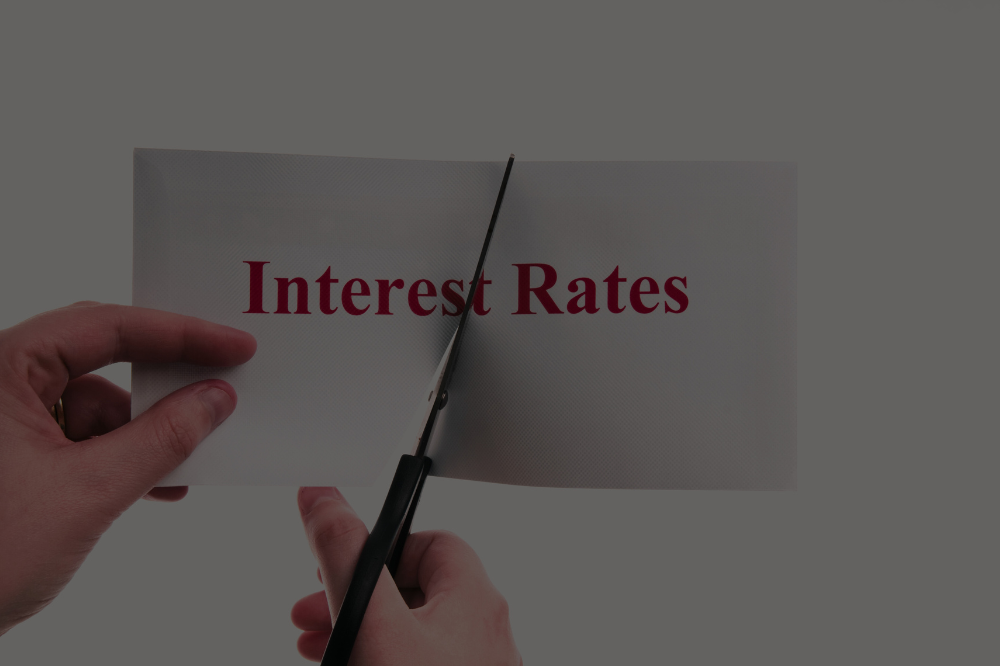After election outcome, the Federal Reserve has cut interest rates again. Find out what it means to you!
On Thursday, after the election outcome, the Federal Reserve announced a quarter-point (0.25%) cut on interest rates. Economic uncertainty has been a struggle due to persistent high inflation, which has challenged many Americans’ financial stability. However, recent data suggests that inflation is gradually moving toward the Fed’s 2% target, which opened the door for this rate cut, the second this fall following a half-point cut in September.
The federal funds rate, which influences borrowing costs for banks, also affects consumer borrowing. For consumers facing high borrowing costs after 11 rate hikes between 2022 and 2023, this move is a relief, though it may take time to impact household expenses.
“The Fed raised rates from the equivalent of the ground floor to the 53rd floor of a skyscraper, now they are on the 47th floor and another rate cut will take us to the 45th floor – the view is not a whole lot different”, said Greg McBride, chief financial analyst at Bankrate.com.
How Does The New Cut On Federal Reserve Interest Rates Affect You?
Credit Cards
Most credit cards have variable rates tied to the Fed’s benchmark. Over recent years, rate hikes raised the average credit card rate from 16.34% in early 2022 to over 20%, a near-record high. Rates have started to ease slightly following the Fed’s first rate cut, but they remain high.
LendingTree’s credit analyst, Matt Schulz, warned that while rates may continue to drop, consumers shouldn’t expect significant reductions in credit card bills soon. Schulz suggested consumers take proactive steps: shop for lower rates, ask your issuer to reduce your APR, or find a 0% balance transfer offer to minimize costs.
Auto Loans
While auto loans generally have fixed rates, the combination of high borrowing costs and rising vehicle prices has made car financing tougher, according to Edmunds’ head of insights, Jessica Caldwell. Currently, the average rate on a five-year car loan is around 7%, up from 4% before the Fed’s rate hikes. The latest rate cuts may help bring this average below 7%, aided by lender competition and incentives in the market.
“As Americans seek a reprieve from the relentless pressures on their wallets, even a modest federal rate cut would be seen as a positive step in the right direction”, she said.
Mortgage Rates
Mortgage affordability remains a big issue, partly due to the recent rise in long-term mortgage rates. Although 15- and 30-year mortgages have fixed rates tied to Treasury yields and the economy, the Fed’s actions can indirectly influence them. If the Fed continues cutting rates, mortgage rates may eventually trend down. Still, significant drops aren’t expected soon, according to Jacob Channel, senior economist at LendingTree.
“As long as investors remain worried about what the future may bring, Treasury yields, and, by extension, mortgage rates are going to have a tough time falling and staying down”, Channel noted.
Student Loan
Federal student loan rates are fixed, so borrowers with federal loans won’t see immediate relief from Fed rate cuts. For private loans with variable rates, however, borrowers may benefit as these rates, often tied to Treasury bills or other rates, adjust downward. Higher education expert Mark Kantrowitz estimated that the rate cuts will reduce monthly payments by roughly $1 to $1.25 per $10,000 in debt on variable-rate loans.
Borrowers with variable-rate private student loans may consider refinancing into fixed-rate options as rates drop. However, those with federal loans should weigh the benefits carefully before considering refinancing to private loans, as it removes federal protections like deferment and income-driven repayment options.
Savings Account and CD Rates
Though the Fed’s actions don’t directly control deposit rates, yields tend to follow changes in the federal funds rate. Rate hikes pushed online savings accounts to record highs, with top accounts offering over 5% interest – a significant jump from around 1% in 2022. Currently, top-yielding one-year CDs offer over 4.5%, nearly on par with high-yield savings accounts, making them attractive options for savers.
“Yes, interest earnings on savings accounts, money markets, and certificates of deposit will come down, but the most competitive yields still handily outpace inflation”, McBride said.

